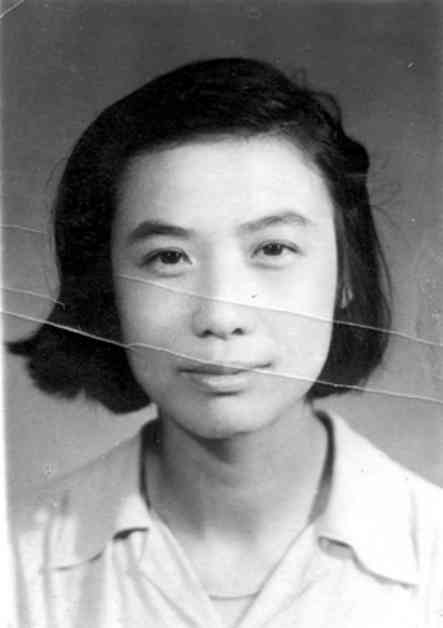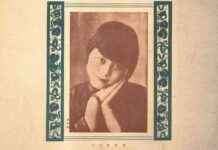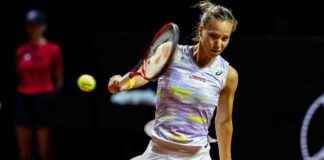**The Struggles of an Artist in Communist China: Ha Jin’s Unveiling of the Untold Story**
Amidst the rigid political landscape of Mao’s China, a tale of artistic triumph and tragedy unfolds in Ha Jin’s novel, “The Woman Back from Moscow.” The story revolves around Sun Weishi, an adopted daughter of Chinese Premier Zhou Enlai, whose artistic brilliance and dedication to the Stanislavski acting method propelled her to the heights of China’s theatrical world during the Mao era. Despite her success, Sun’s life was marred by complex relationships with powerful men, including Zhou, Lin Biao, and even Mao himself, who allegedly assaulted her during a train journey.
Ha Jin, a former Chinese soldier turned prolific writer in the U.S., delves into the intricacies of Sun’s life with a blend of fact and fiction that Beijing is likely to find controversial. Through meticulous research and creative storytelling, Ha Jin sheds light on the hidden truths of Communist China’s elite circles, challenging the regime’s carefully curated historical narrative.
### Unveiling the Truth: Fiction or Reality?
In “The Woman Back from Moscow,” Ha Jin navigates the delicate balance between fiction and reality, weaving a narrative that closely mirrors the life of Sun Weishi while maintaining a veil of imagination. Despite the disclaimer that the book is a work of fiction, Ha Jin draws heavily from historical sources to portray Sun’s journey with authenticity and depth. The novel serves as a testament to the power of storytelling in uncovering the hidden layers of history that official accounts often overlook.
### The Weight of Historical Truth in Communist China
In Communist China, historical narratives carry immense political significance, shaping the legitimacy of the ruling regime. The regime’s grip on power relies heavily on the portrayal of a glorified past, often whitewashing darker chapters of history to uphold its authority. Ha Jin’s novel challenges this sanctioned version of history, offering a glimpse into the complexities and contradictions of elite politics during Mao’s reign.
### The Dichotomy of Art and Politics in Communist China
Through Sun Weishi’s artistic journey, Ha Jin explores the intricate relationship between art and politics in Communist China. Sun’s creative pursuits are constantly overshadowed by political agendas, forcing her to navigate a treacherous landscape where artistic expression is subjugated to serve the Party’s interests. Ha Jin’s portrayal of Sun’s struggles highlights the stifling effect of political control on creative freedom and individual expression.
### The Reality Beyond the Facade
Beneath the veneer of official narratives lies a world of ordinary life values and personal struggles that often go unnoticed. Ha Jin’s novel exposes the dualities of Communist Chinese society, where individuals grapple with the demands of the regime while striving to maintain a sense of autonomy and authenticity. The juxtaposition of public personas and private realities offers a nuanced perspective on the complexities of life under Communist rule.
In conclusion, Ha Jin’s “The Woman Back from Moscow” serves as a poignant reminder of the untold stories that lie beneath the surface of official history. By delving into the personal struggles of an artist in Mao’s China, Ha Jin sheds light on the human cost of political power and the enduring resilience of the human spirit in the face of oppression. Through his masterful storytelling, Ha Jin invites readers to question the narratives that shape our understanding of the past and reflect on the enduring power of art to challenge the status quo.

















